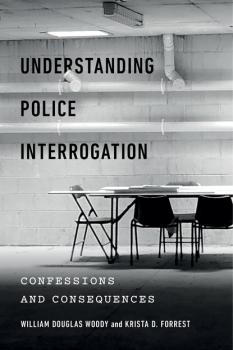ТОП просматриваемых книг сайта:
Psychology and Crime
Скачать книги из серии Psychology and CrimeАннотация
Информация о книге
Автор произведения Группа авторов
Жанр Юриспруденция, право
Серия Psychology and Crime
Аннотация
Информация о книге
Автор произведения Frank C. DiCataldo
Жанр Юриспруденция, право
Серия Psychology and Crime
Аннотация
Аннотация
Информация о книге
Автор произведения William Douglas Woody
Жанр Общая психология
Серия Psychology and Crime
Аннотация
Информация о книге
Автор произведения Thomas L. Hafemeister
Жанр Психотерапия и консультирование
Серия Psychology and Crime
Аннотация
Информация о книге
Автор произведения Dennis J. Devine
Жанр Общая психология
Серия Psychology and Crime
Аннотация
Информация о книге
Автор произведения Группа авторов
Жанр Общая психология
Серия Psychology and Crime







